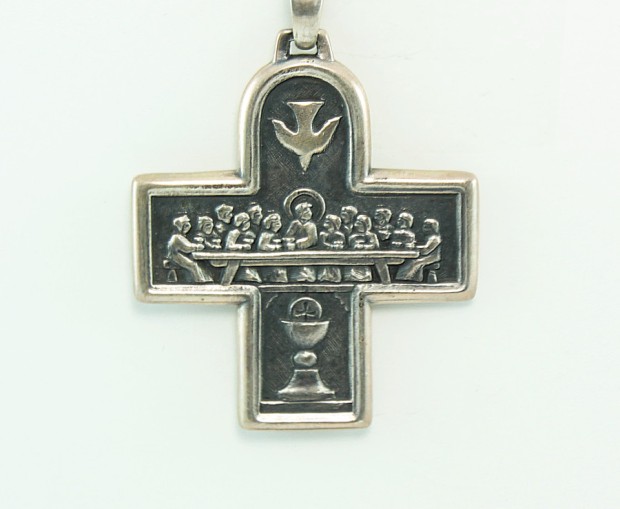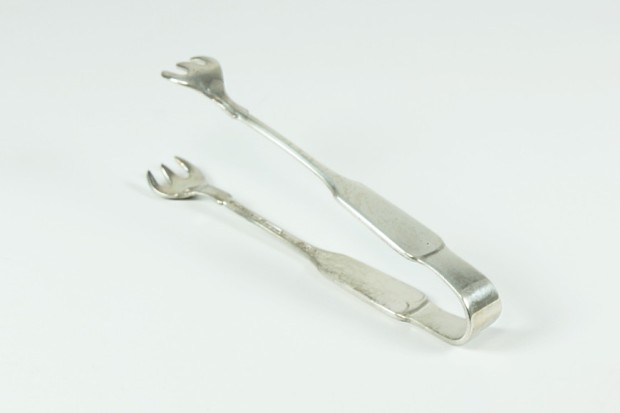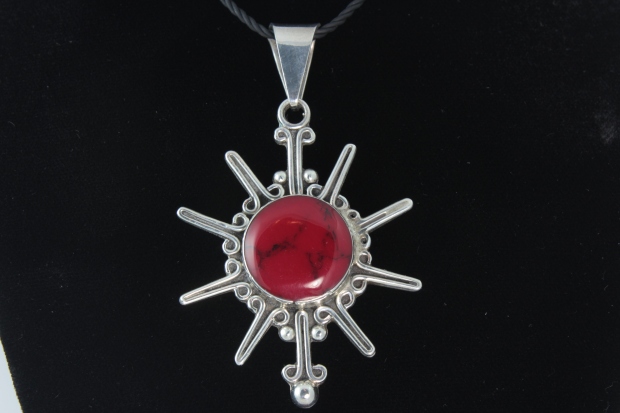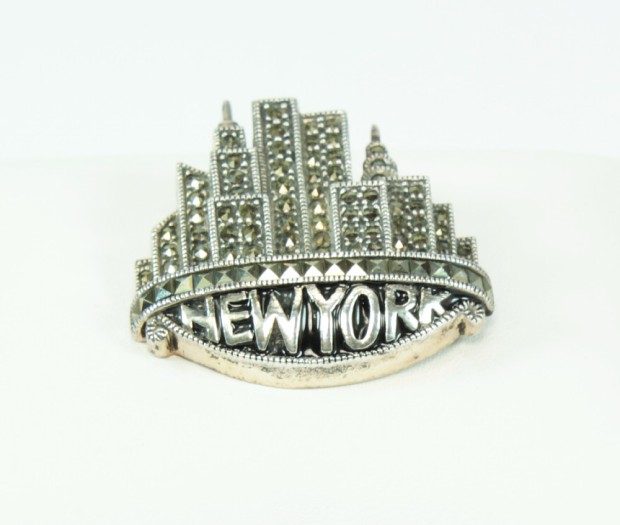December 5th-9th
This week in jade…
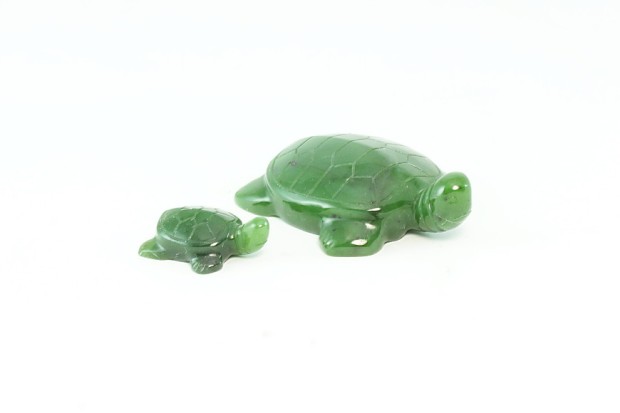
A simple pair of small jade turtles 🙂 a bright and happy gift, whether it be for yourself or someone else. Beautiful shaping and color, high quality jade, a gorgeous little piece for a side table or desk. These are both circa 1970s/1980s and are nephrite jade.
Simple and gorgeous: our favorite combo 🙂
❤
https://www.etsy.com/listing/228442657/jade-bottlesjade-snuff-bottleshand?ref=shop_home_active_63
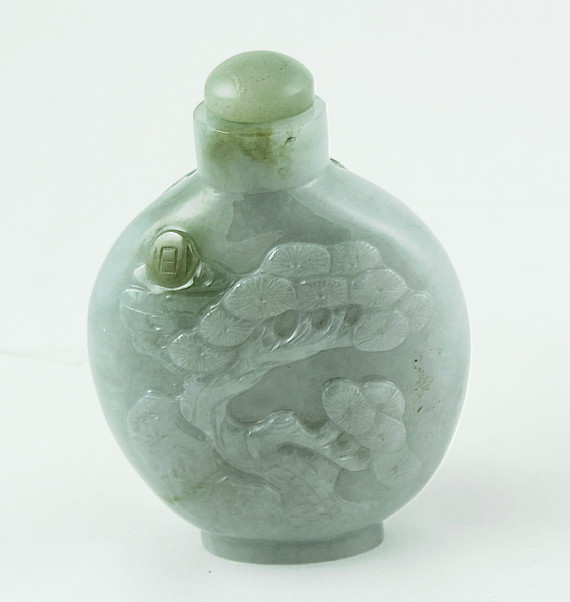
Gorgeous antique jadeite carved snuff bottle. For the friend who truly loves the old and priceless: this is a most beautiful piece of history. It is carved on both sides; one side (shown) is a tree and the other side is two cranes.
The color and condition of this are beautiful. One picture doesn’t do it justice: check it out on its listing page^^for more photos.
A priceless piece for a jade collector.
❤
https://www.etsy.com/listing/230891281/carved-jade-in-vintagecarved-jade-in?ref=shop_home_active_21
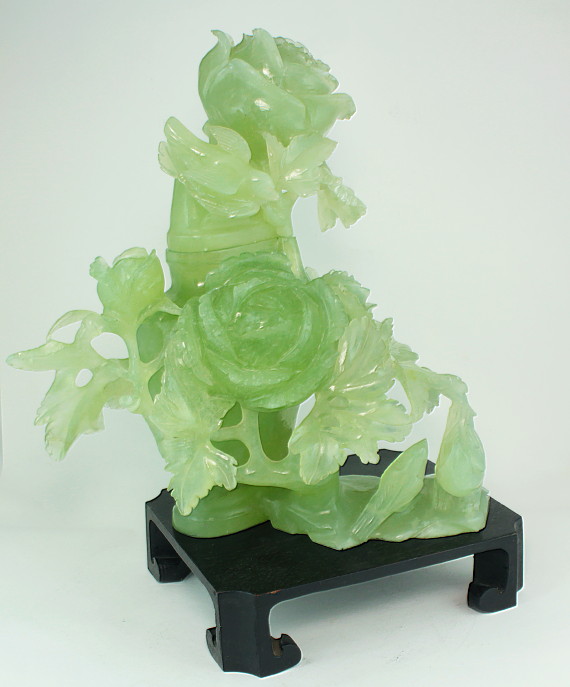
The most beautiful and intricately carved piece of jade…this is truly a special piece. If you love and collect old jade, please check out this item’s listing (above photo). This is a hand-carved vase with flowers and small birds all over it. It opens as well to reveal a small compartment– seriously fantastic! This was meant to hold small valuables so that they would be out of sight and out of reach.
Just a magnificently gorgeous piece. Clearly unique and completely priceless to someone who appreciates hand-carved jade. Please also remember that we offer layaway on Etsy for whomever truly appreciates this piece and who like to set up a layaway plan for it 🙂
You would definitely be the only one around to have this in their home–uniquely beautiful 🙂
❤
https://www.etsy.com/listing/464499262/genuine-jade-and-murano-necklace-jade?ref=shop_home_active_19
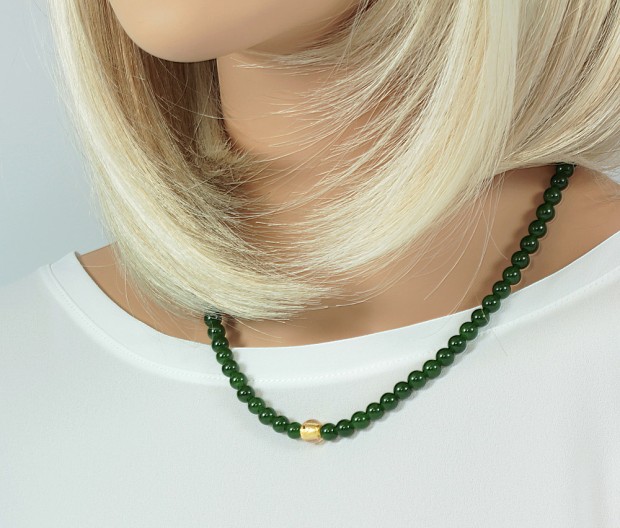
Not a vintage item, but hand-crafted using real and old jade, with a real gold murano bead at center. If you know someone who loves gold and jade, this is a uniquely beautiful piece that they won’t find elsewhere. We hand-knot the jade beads ourselves and feature a gold murano for a pop of brightness among the jade.
A great piece to wear for the holidays 🙂 a fresh and authentically upscale spin on “green and gold” 🙂
❤
https://www.etsy.com/listing/269025220/2-jade-dolphinsdolphin-mother-baby?ref=shop_home_active_54
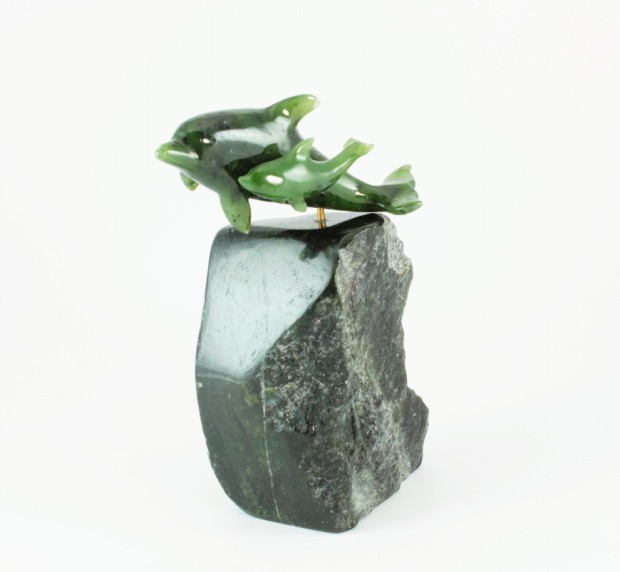
Two jade dolphins mounted on granite. A truly unique piece for the home of a jade and dolphin lover 🙂 Another example of hand-carved nephrite jade to admire.
Currently for sale in the shop.
❤
This week in unique jade pieces 🙂 Enjoy, and thanks for stopping by 🙂

